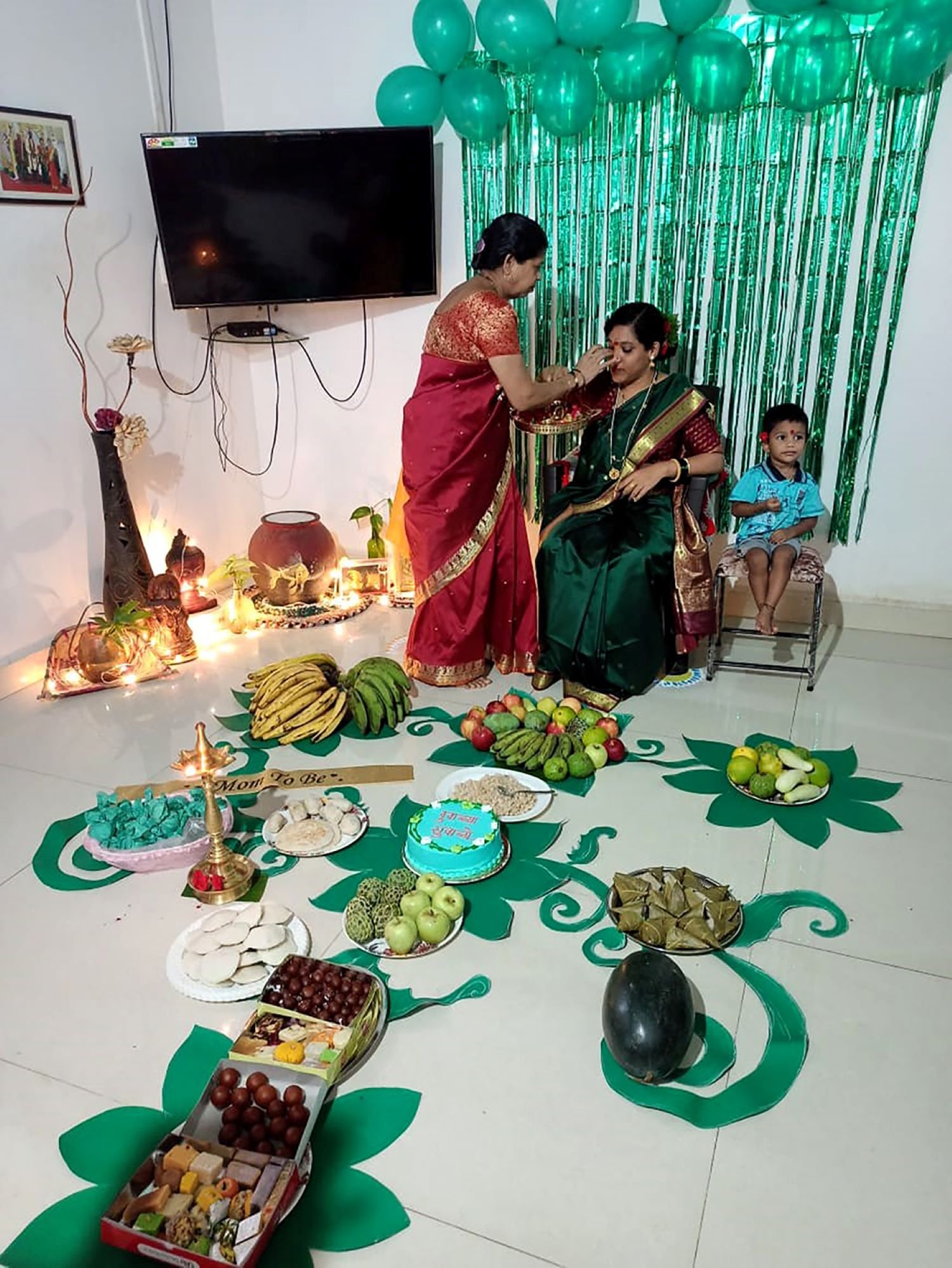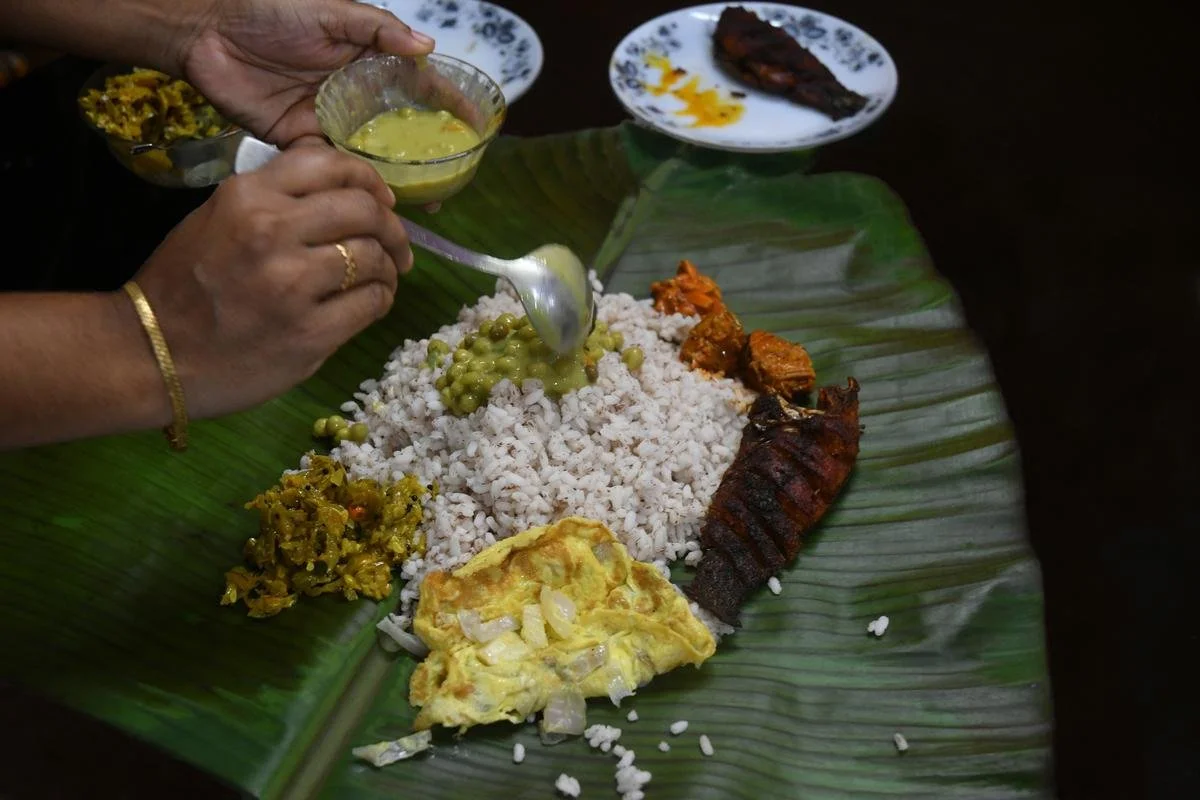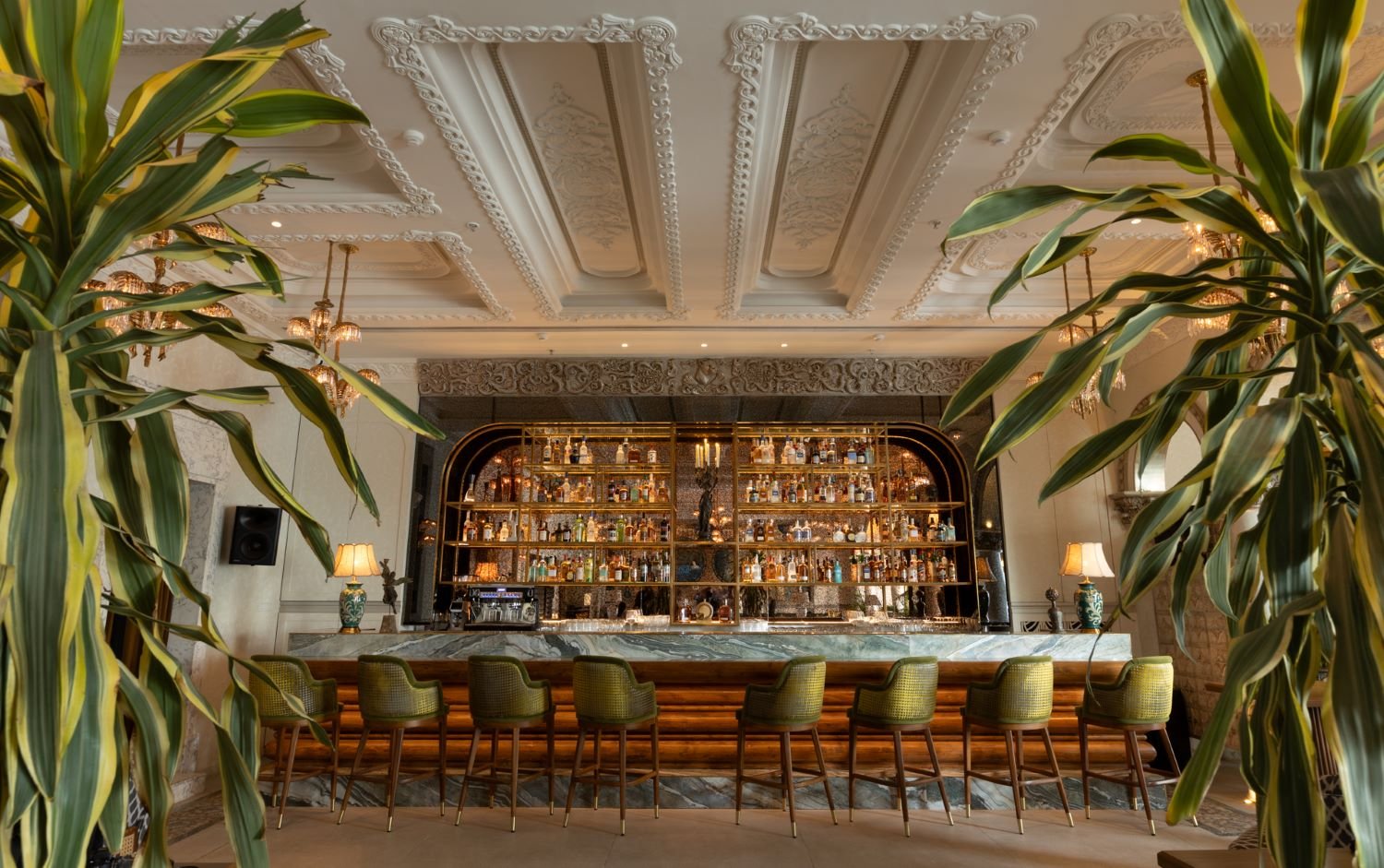Faraal & the Goan Tradition of Sweet Baby Showers

Goan Hindu baby shower ceremonies feature a unique piece of culinary art called faraal, a handmade dish that is painstakingly shaped and coloured, to celebrate a new mother. Arti Das meets the women who make faraal.
A baby shower ceremony in Goa, especially among the state’s Hindu community, often features a unique piece of culinary art. This is faraal, and it collectively refers to a family of sweets — made with milk and sugar, resembling barfi; or sometimes savoury, crisp and made with flour, crafted exclusively for the occasion.
“The baby shower, locally known as fula (literally meaning to flower or blossom), is a ceremony that celebrates a woman’s first pregnancy, to pamper the mother-to-be. She is adorned with flowers as a symbol of fertility.” Goan food caterer, Anjana Amonkar, explains that faraal is the other star of the show. “The biggest attraction of this event is faraal.”
Faraal are dainty sweet or savoury barfi-like items, shaped into a variety of designs.
Savoury faraal is flour-based, and resembles the hard crust of nevri.
Faraal is both a dish and decoration. There are two main types — a sweet variant, made from milk, milk powder or condensed milk; and a deep fried, savoury-sweet version made of flour, and a besan stuffing. The savoury version is known as patyancho faraal, and has a thin crust similar to nevryos (a crescent-shaped Goan pastry).
Patyancho faraal, also called as paach khajis (there must be at least five khajis being served) is essential at a fula ceremony. “The dudhacho or milk-based faraal is commonly among the Gaud Saraswat community in Goa. The other communities make faraal from maida (refined flour). However, nowadays people generally make both types,” says Sneha Naik, a writer who documents local culture and customs.
Faraal are typically made into a variety of designs, including shapes of sun, moon, fruit, even baby clothes.
Sweet faraal resembles barfi in texture, and is usually shaped into miniature fruits, vegetables, the sun and moon, and fittingly, baby outfits. The savoury ones are made into less complicated shapes. A typical display involves at least 50 to 100 pieces.
In Goa, baby showers are generally held twice— when the woman is five months pregnant, and again during her third trimester. “The fifth-month fula is known as vel (also pasadi or pachangale), and is a way of announcing to the world that a baby is on the way. During this ceremony, the pregnant woman wears green: a green saree, green glass bangles and a flower braid. No faraal is made for this occasion, but there will be five different types of green fruits to mark the occassion,” explains Amonkar.
Food features steamed dishes made from parboiled rice paste: pole, muthle and donne. “The vel ceremony has its roots in the ritual of worshipping goddess Parvati during the tai ceremony, held on the eve of Ganesh Chaturthi,” says Harsha Shetye, a Konkani writer, who studies the tradition in extensive detail. On this day, special dishes (believed to be the cravings of pregnant Parvati) are made sans salt.
Shetye believes that the practice of faraal is at least 150 years old. Milk-based faraal is limited to those families who consume dairy. Shetye traces faraal’s origin to in-house innovation. “In the old days, one could obtain fruit only from one’s own kitchen garden or farm. So five different types of fruit must have been a difficult ask. Shaping fruit out of milk-based dough must have been a substitute for unavailable fruits,” Shetye conjectures.
There are other types of faraal. “In 1956, Kannopatra Chanekar from Bicholim made a potato faraal, similar to potato barfi,” says Shetye, referencing her research. “Another rare one is aamyacho faraal, which is made from mango paste, and was supposed to be very special. The recent addition is the one which is made from cashew nut paste. It is very rare as it is an expensive affair.”
Making faraal is a time consuming process.
A rare faraal made with potato paste.
Making faraal requires expertise, skill, and experience. “Savoury faraal or paach khajis is a specialised task,” explains Naik. Her mother-in-law, Surekha Naik, makes them professionally, and it takes a couple of days, with four people working simultaneously, to make 100 pieces. shaped into fruits, vegetables, butterflies, peacock, elephants, sun and moon, lamps, the swastika, and baby outfits, using edible colour.
The process of making milk-based faraal starts with the thickening of milk on low heat, stirring until it reduces to pedha-like consistency. Sugar is added for sweetness. “I have to make portions according to the shape and size of an item, add colour and shape accordingly”, says Suvarna Prabhu Verlekar, who makes dudhacho (milk-based) faraal. Certain shapes, like pineapple, or items that use more than one colour, take longer, as she has to ensure the colours do not bleed, and each item is coloured before it starts drying.
The dudhacho faraal tastes similar to pedha, and has a shelf life of about 10 days or so.
These days, milk-based faraal is also part of the vel baby shower, coloured green because it is the colour of fertility.
Faraal has evolved over time. The pasadi ceremony typically doesn’t feature faraal, but, these days, a special, milk-based, green faraal is made. Shetye laments that the real meaning of the ceremony is lost on the younger generation. “Faraal is meant to be eaten. Now, for aesthetics and photos, people add extra colour and make weird shapes. Often, the faraal is just photographed and thrown out, not even consumed!”
But social media and the trend of event celebrations on a grand scale may have also contributed to faraal’s re-emerging popularity. “I started making these during the pandemic as my garment shop was shut. My niece then encouraged me to do it on a commercial scale. My business is dependent on word-of-mouth publicity,” says Verlekar. “Thanks to social media, more women like me are coming forward and making their mark in this culinary art.”
Arti Das is a freelance journalist who writes about the art, culture and ecology of Goa. One can check her articles and blogs on www.aratigoa.wordpress.com
Photos credit: Sneha Naik, Arti Das, Harsha Shetye, Suvarna Prabhu Verlekar
ALSO ON GOYA


















